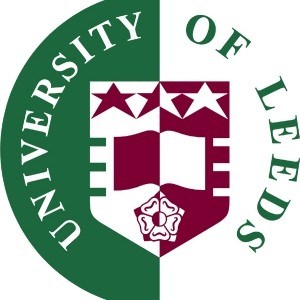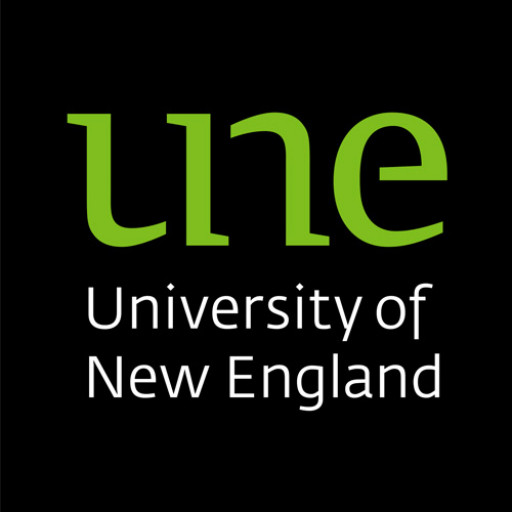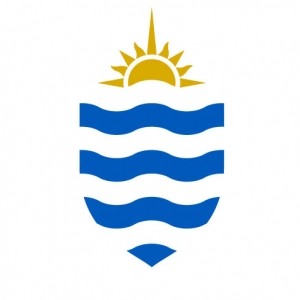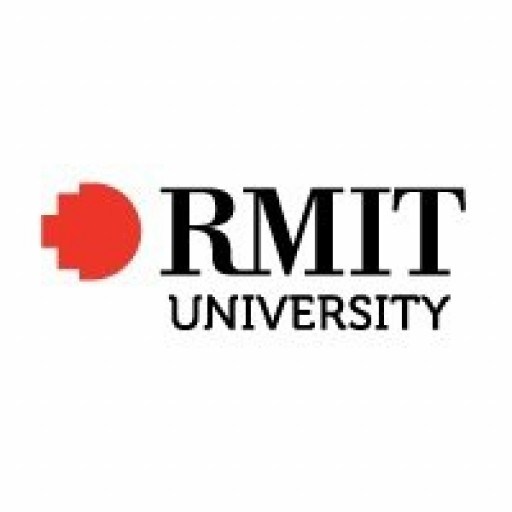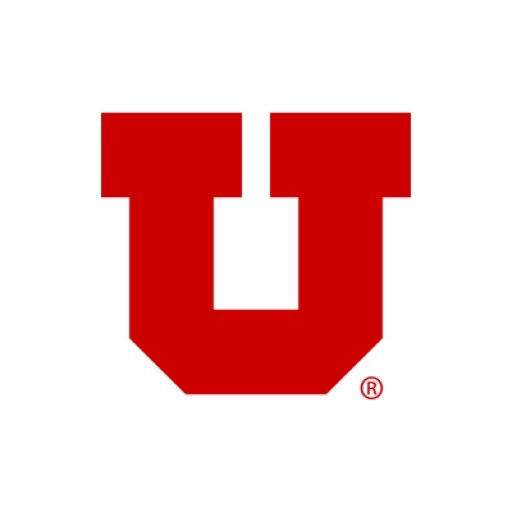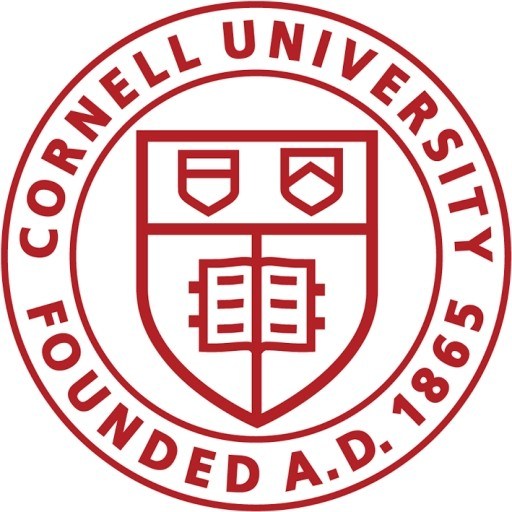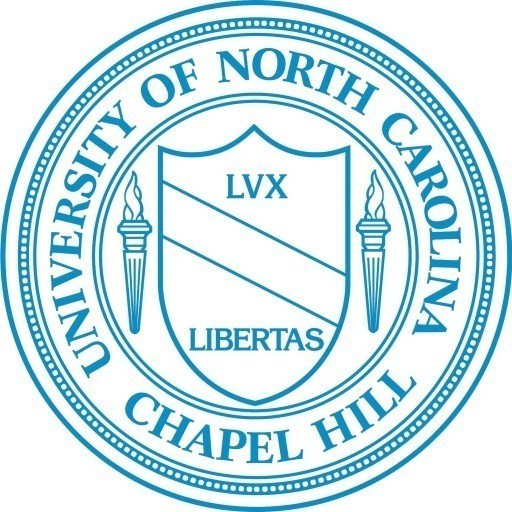Photos of university / #universityofleeds
Transport Planning is a dynamic and vital field that focuses on the development, evaluation, and implementation of sustainable transportation solutions to improve mobility, reduce environmental impact, and enhance the quality of life in urban and rural areas. This program at the University of Leeds offers students a comprehensive understanding of the principles and practices involved in designing efficient, accessible, and environmentally responsible transportation systems. Through a combination of theoretical knowledge and practical skills, students will explore topics such as traffic management, urban planning, transport policy, data analysis, and innovative technologies like intelligent transport systems and sustainable infrastructure. The programme equips graduates with the ability to analyze complex transportation problems and develop strategic solutions that balance economic, environmental, and social considerations. Delivered by experienced academics and industry professionals, the course emphasizes real-world applications, research, and teamwork, preparing students for careers in planning agencies, transport consultancies, local authorities, and private sector organizations. The curriculum covers key areas such as travel behavior, transportation modeling, environment and sustainability, and the use of Geographic Information Systems (GIS) in transport planning. Students also have opportunities to undertake research projects, internships, and fieldwork, enhancing their practical understanding and employability. The University of Leeds’s strong links with industry and government bodies provide valuable networking opportunities and exposure to current transportation challenges and innovations. Graduates of the Transport Planning program are well-equipped to contribute to shaping sustainable transportation policies and infrastructure, ensuring efficient movement for communities now and in the future. Whether pursuing careers in urban planning, policy development, environmental consultancy, or transportation technology, students will gain the skills and knowledge needed to make a meaningful impact in this vital sector.
The Transport Planning programme at the University of Leeds offers a comprehensive and in-depth exploration of the principles and practices involved in the development of sustainable transportation systems. This interdisciplinary course is designed to equip students with the essential knowledge, skills, and analytical tools required to address the complex challenges faced by modern transportation networks. Throughout the programme, students will examine the social, environmental, economic, and technological aspects of transportation planning, gaining a holistic understanding of how to design and implement effective solutions that promote mobility, reduce environmental impact, and improve the quality of urban and rural life.
The programme covers a wide range of topics, including transport policy and regulation, urban mobility, traffic management, sustainable transport modes such as cycling and walking, the role of technology and innovation in transportation, and the integration of transport systems within broader urban planning frameworks. Students will learn to conduct detailed transport assessments, utilize cutting-edge modelling and forecasting tools, and develop strategic plans that align with sustainable development goals. Practical experiences are incorporated through case studies, project work, and collaborations with industry stakeholders, providing real-world insights and fostering professional skills.
Graduates of the programme will be well-prepared for careers in transport consultancy, local and regional government departments, transportation agencies, and private sector firms involved in infrastructure planning, environmental assessment, and policy development. The programme emphasizes critical thinking, problem-solving, and effective communication, ensuring that students can formulate innovative solutions and present their ideas convincingly to diverse audiences. Additionally, students will have opportunities to engage with current research and advancements in transport technology, preparing them for future developments in the industry.
The Transport Planning programme at Leeds is delivered by experienced academics and industry professionals dedicated to providing an engaging and rigorous educational experience. With access to state-of-the-art facilities and situated in a vibrant city known for its rich history and innovative spirit, students will benefit from a stimulating learning environment that encourages collaboration, creativity, and practical application of knowledge. Whether students are aiming to influence policy, design smarter urban transport systems, or pursue further research, this programme provides the foundation needed to excel in the dynamic field of transport planning.
Program requirements for the Transport Planning MSc at the University of Leeds include a strong academic background in subjects such as transportation engineering, urban planning, geography, or related disciplines. Applicants are typically expected to hold a minimum of a bachelor's degree at a 2:1 (upper second class) honours level or equivalent from a recognized university. Relevant work experience in transportation or urban planning fields can also be considered, especially for applicants with a non-standard academic background. Proficiency in English language is required, usually demonstrated through IELTS or equivalent tests, with a typical minimum score of 6.5 overall and no less than 6.0 in any individual component. The program encourages applicants who demonstrate an interest in sustainable urban mobility, transportation infrastructure, and policy development. Prior knowledge of GIS, data analysis, or transport modeling can be advantageous but is not mandatory. Applicants should submit a completed application form, academic transcripts, a personal statement explaining their interest in transport planning and career objectives, and references from academic or professional contacts. Admission decisions are based on academic merit, relevant experience, and motivation to pursue the MSc in Transport Planning. The program aims to develop advanced skills in transport systems analysis, policymaking, and infrastructure development, preparing students for careers in transport consultancy, urban planning departments, government agencies, and research institutions. Some programs may also require an interview or additional assessments as part of the application process. The university values diversity and encourages applications from all qualified candidates, fostering an inclusive learning environment.
The University of Leeds offers various funding options to support students enrolled in Transport Planning programmes. Prospective students can explore a range of scholarships, bursaries, and financial aid opportunities designed to make higher education more accessible. The University provides scholarships based on academic merit, targeted awards for specific demographics, and financial need. International students are encouraged to apply for international scholarships that can significantly offset tuition costs. Additionally, there are postgraduate funding schemes, including government-sponsored loans and external grants, which students can leverage to finance their studies. The University also offers guidance on bursaries that help with living expenses, including accommodation and study materials. Students are advised to check the university’s official funding pages for updated information about application deadlines, eligibility criteria, and application procedures. For those enrolled in full-time programmes, the university provides payment plans that allow students to spread their tuition fees over manageable installments. Part-time students may also have access to different financial support options tailored to their study schedules. It is recommended that students contact the university’s financial aid office early in their application process to receive personalized advice and ensure they meet all relevant deadlines. Furthermore, some students may qualify for external funding sources such as industry-specific scholarships or grants from government departments focused on transportation and infrastructure development. The university also encourages students to seek external part-time work opportunities, which can help fund their studies while gaining relevant experience in the field of transport planning. Overall, the university aims to facilitate financial accessibility through a variety of funding streams, ensuring that a diverse range of students can pursue their academic and career goals in transport planning at Leeds.
The University of Leeds offers a comprehensive program in Transport Planning designed to equip students with the critical skills and knowledge necessary for a career in sustainable transportation and urban mobility. This programme covers fundamental concepts such as transport policy, travel demand management, traffic engineering, and environmental impact assessment, providing a thorough understanding of how transportation systems operate and evolve within urban and regional contexts. Students are engaged in both theoretical and practical learning, including modules on data analysis, transportation modeling, and strategic planning, which prepare them for real-world challenges in the transport sector. Emphasis is placed on sustainable and innovative solutions to transportation issues, aligning with current industry trends and government policies aiming to reduce carbon emissions and promote eco-friendly mobility options.
The programme often incorporates site visits, industry partnerships, and guest lectures from practitioners, offering students valuable insights into current practices and future developments in transport planning. The curriculum also supports development of soft skills such as project management, communication, and teamwork, essential for working effectively in multidisciplinary environments. Graduates from this programme are well-positioned to work in government agencies, consultancy firms, transportation authorities, and private sector companies focused on infrastructure, urban development, and environmental sustainability. The degree aims to foster analytical thinking, technical proficiency, and strategic vision, enabling students to contribute innovatively to the transportation challenges faced by modern societies. Overall, the Transport Planning program at Leeds prepares students for a dynamic and impactful career in creating efficient, sustainable, and inclusive transportation systems worldwide.
